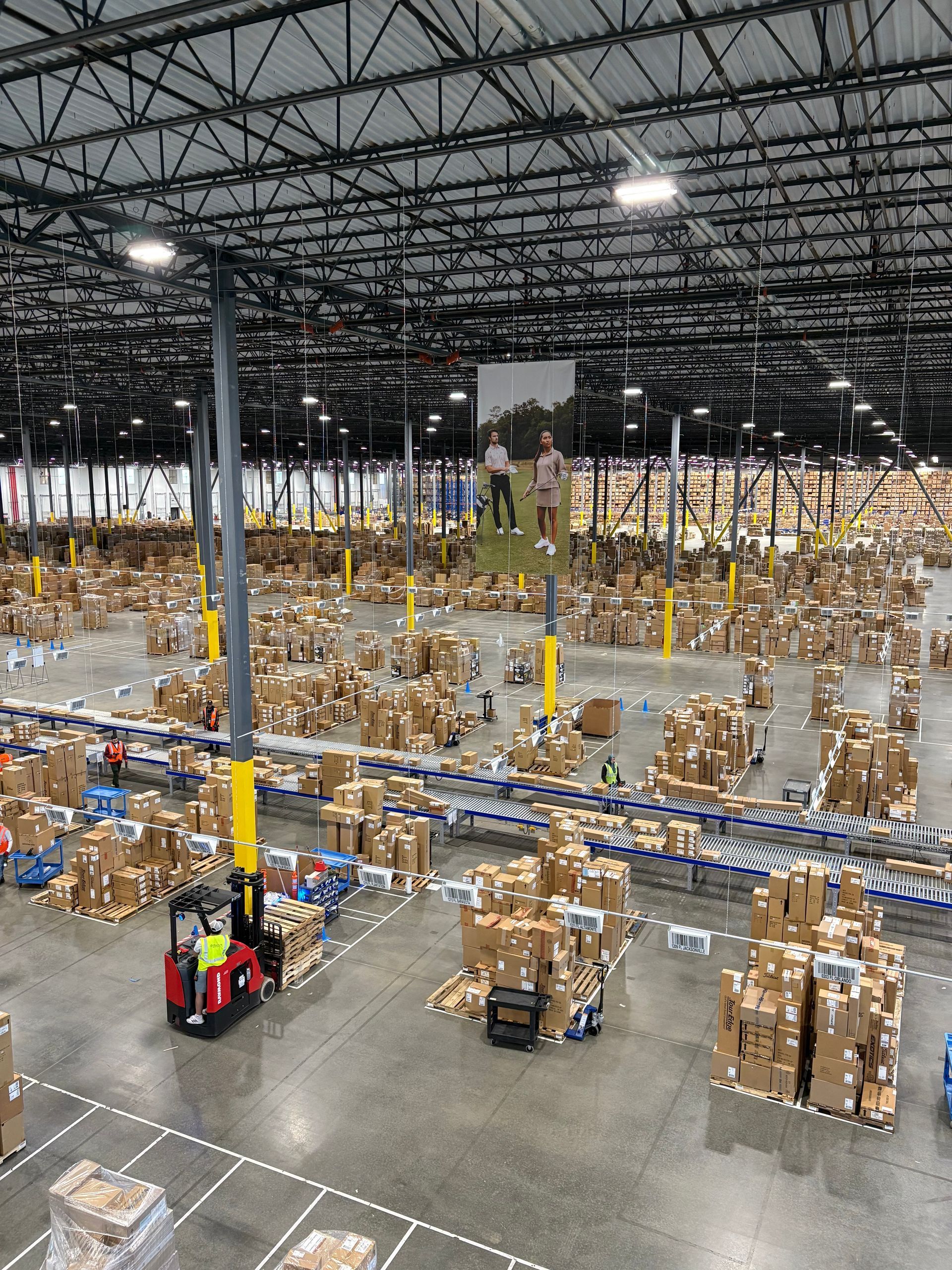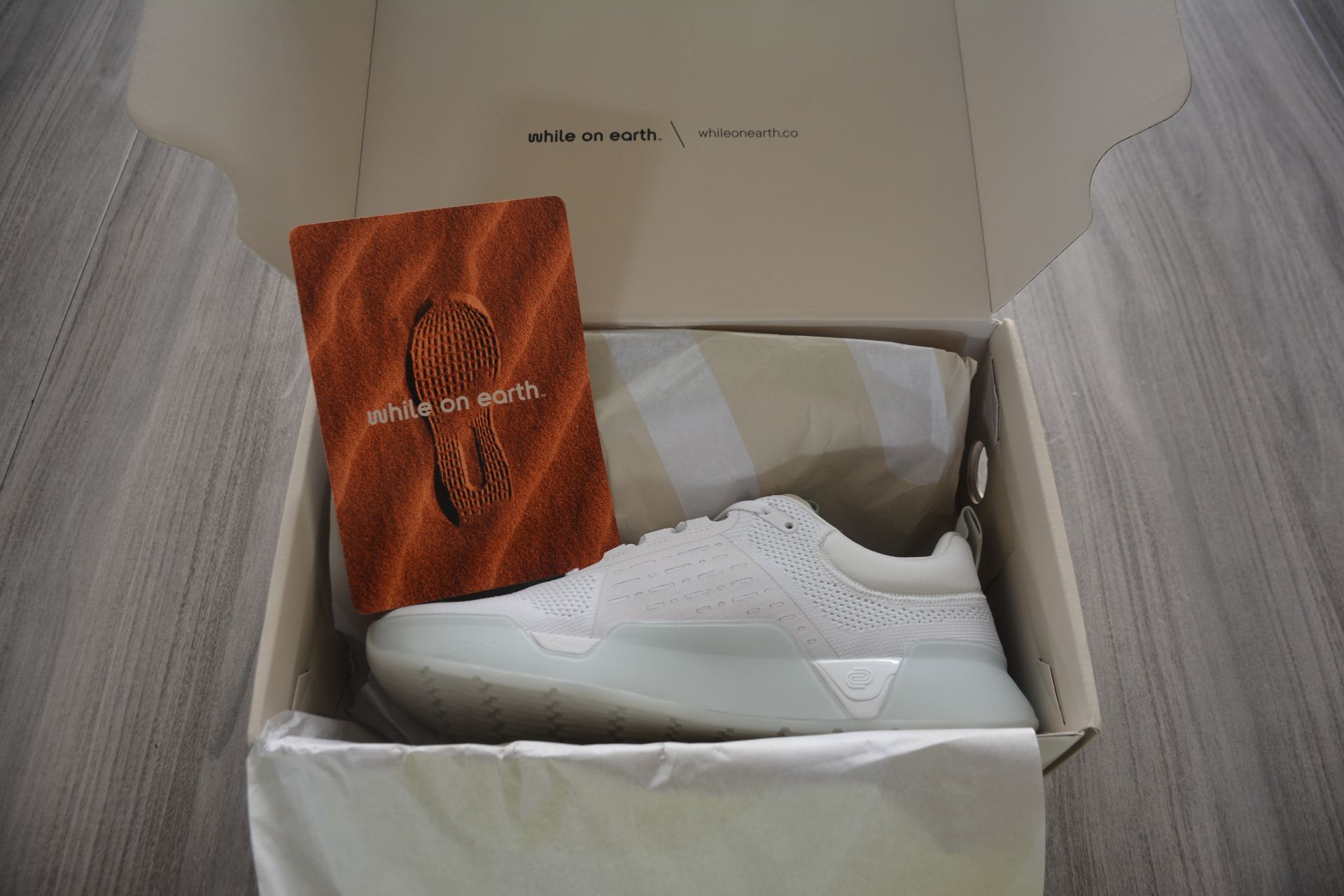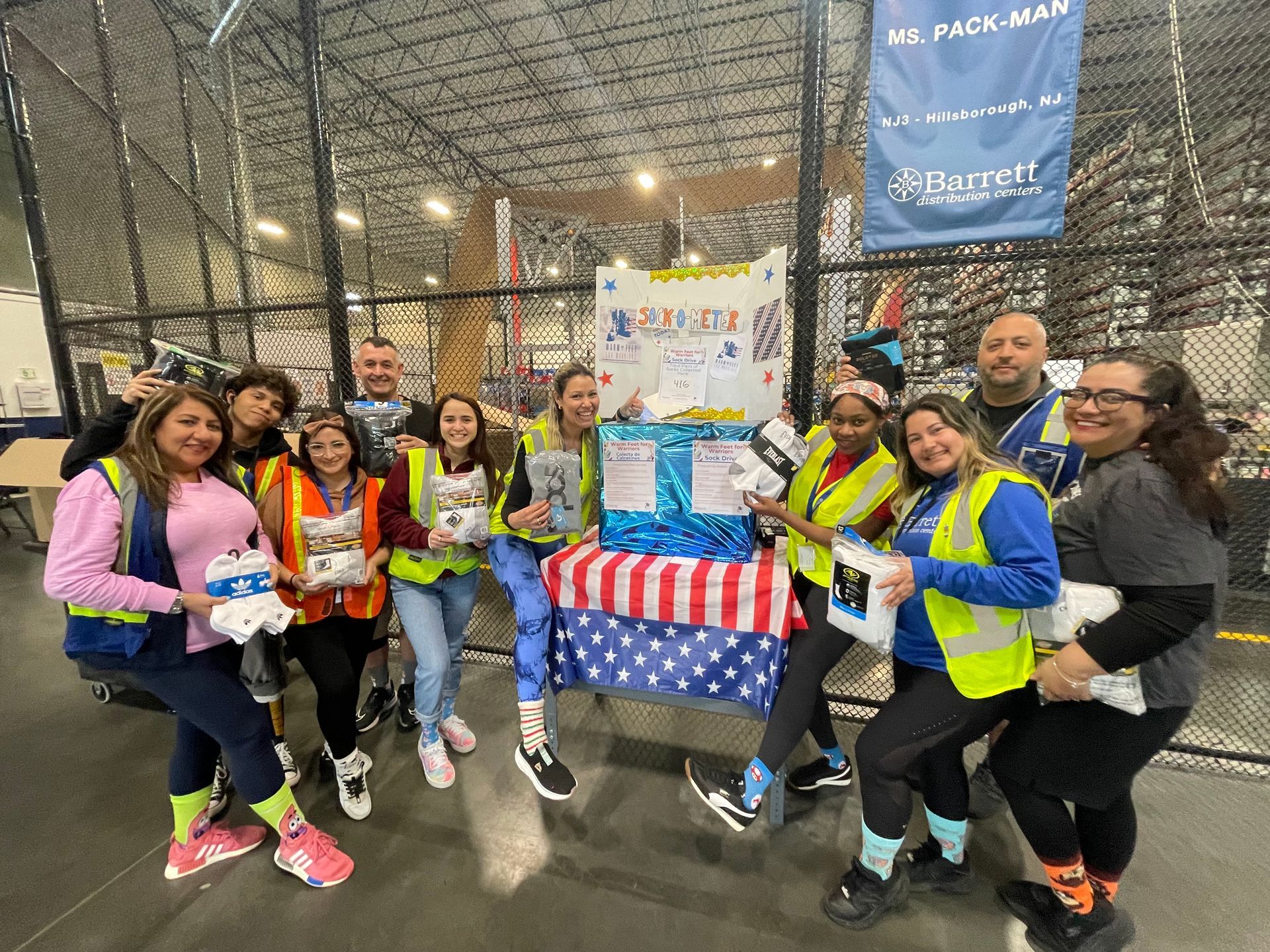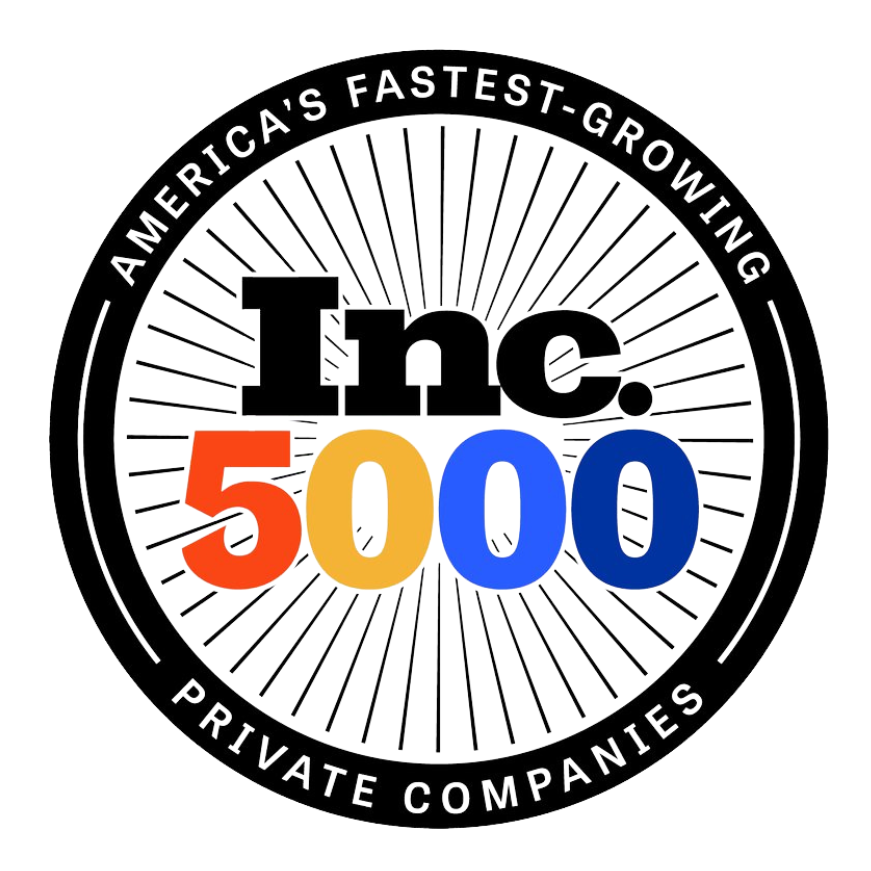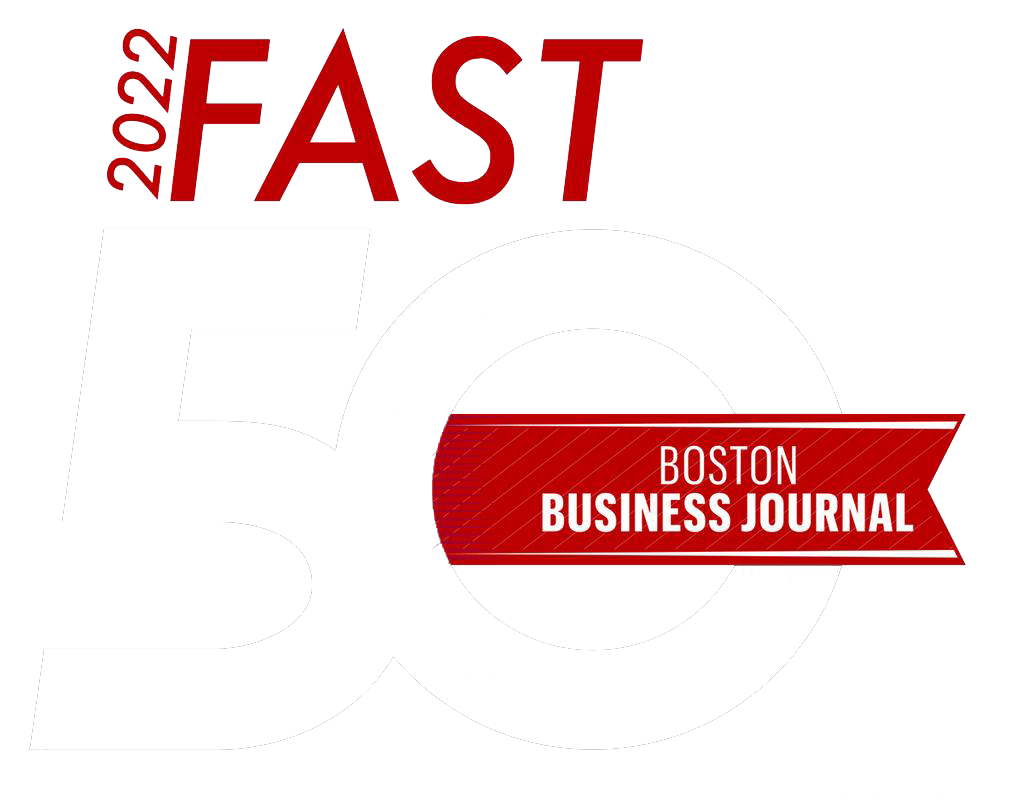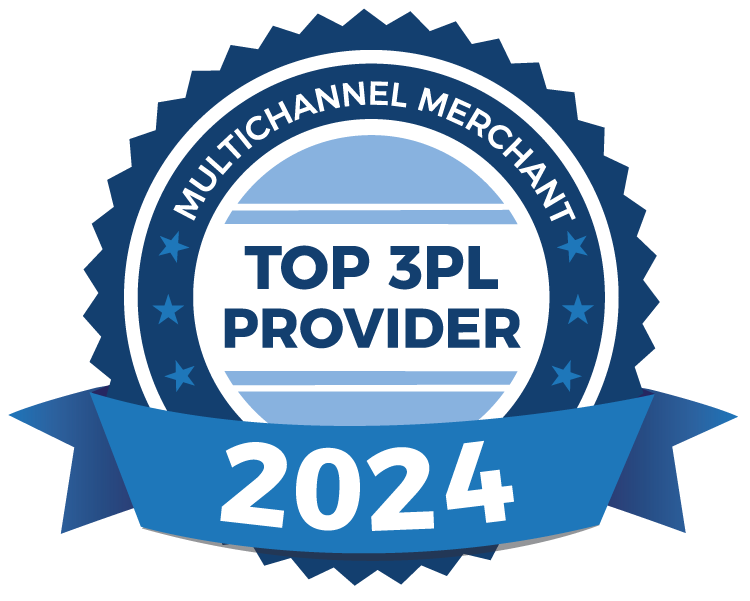Medical Device Logistics: Answering The Challenges
In the world of medicine, there is perhaps no more important quality than precision.
The physical movements of a physician in the operating room need to be exact. One slip of the wrist at the wrong time can be the difference between life and death. The medical devices used in a procedure are crucial to the decision making process in any operating room. In order for any surgery to be successful, medical devices are expected to be delivered on-time and accurately. Sounds simple in theory, right? While it may be a simple process for many industries, the medical device sector presents a set of unique circumstances that make this challenge anything but simple.
There are three main challenges for the medical device supply chain:
1. Complex Inventory – The medical device supply chain is a highly fragmented one. It is not uncommon for a medical device company to have small distribution points totaling 40 to 100 locations. Trying to track down inventory that could be anywhere from a provider’s warehouse to the sales reps trunk is complex. As a result, the product visibility is lost.
2. Operating Room Unknowns – A large factor that weighs into the high expense of the medical device supply chain is the unknown in the operating room. Surgeons often do not know what size part will be used in surgery until the actual surgery is being performed. In an effort to cover all possibilities, surgeons order all sizes. A knee surgeon may order sizes three through five for a surgery, and he will only use one of the three sizes ordered. All unused devices must be decontaminated, inventoried, inspected, and replenished before they are put into the supply chain cycle again. This process is extremely time consuming and costly, and requires that your 3PL has a robust return process.
3. High Cost of Service – The fierce competition within the medical device sector has caused many companies to use delivery as their competitive advantage. This means that manufacturers are pushing cut-off dates further back to accommodate the medical facility. Many are promising next day delivery if the order is received by 7pm. This sort of “last-minute” service forces the manufacturer to use premium delivery services, strategically purchase distribution centers next to air hubs, and quickly fill the high-inventory requirements needed to expedite the shipment. All of the aforementioned actions create an expensive, “emergency-like” supply chain model that is almost impossible to sustain.
There are no quick resolutions for these sorts of challenges. However, medical device manufacturers who take a new form of thinking related to their supply chain model can solve many of the challenges listed above. Two areas of innovation to consider are:
1. Collaboration – A recent study by Gartner found that the leading medical device companies consider supply chain collaboration the cornerstone of a more effective business practice. There is a considerable amount of redundancies taking place within the medical device supply chain. Having eight deliveries to the hospital for eight different departments using eight different drivers does not make sense. One solution is for manufacturers to create a distribution and delivery hub. Within this collaboration, a third party logistics company can manage the forward and reverse supply chains for multiple manufacturers, spreading costs and increasing visibility. The synergies created through this hub would produce less duplication and greater efficiency.
2. Demand Visibility – As one device manufacturer put it, “The more time we have to react to something, the better we can plan. If we know the knee surgeries in advance, we can plan and sequence our implants to the hospital on a just-in-time basis. Every knee set is $55,000, so the better we plan, the less inventory we have out in the field sitting idle, and the more we reduce costs.” Better forecasted demand visibility will enable manufacturers to pool inventory farther upstream and in fewer locations.
The medical device industry is dependent upon precision. Not only do the parts and equipment need to perform to perfection, the distribution of these devices is also expected to be on time and accurate. Manufacturers who are embracing new thinking related to their current distribution system will be the companies that experience the competitive advantage in this ultra-aggressive sector. Click here to discover more about how Barrett Distribution can customize a solution for your medical device company today.
Recent Blog Posts
